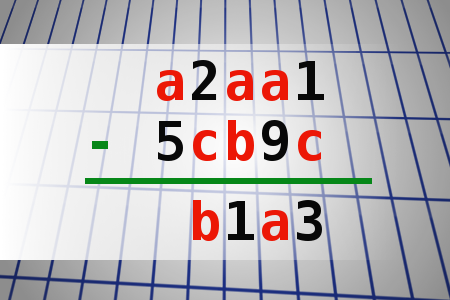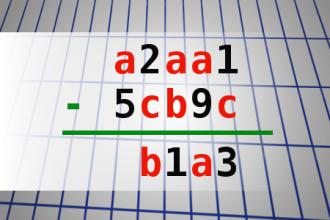Find number abc
If a2aa1 - 5cb9c = b1a3 find number abc. Multiple solutions may exist.Correct answers: 42
The first user who solved this task is On On Lunarbasil.
#brainteasers #math

News headlines 04
Man Minus Ear Waives Hearing
New Vaccine May Contain Rabies
Deaf College Opens Doors to Hearing
Arson Suspect is Held in Massachusetts Fire
Enfields Couple Slain; Police Suspect Homicide
Air Head Fired
Red Tape Holds Up New Bridge
Bank Drive-in Window Blocked by Board
Deer Kill 17,000
Old School Pillars are Replaced by Alumni
War Dims Hope for Peace

